1. The Hands-Free Gestures That Never Quite Worked
At some point, several companies became strangely confident that we wanted to wave at our phones instead of touching them. In practice, most of these gestures required the precision of a conductor and the patience of a monk. The phone would miss the motion, or register it half a second too late. You’d try it twice, shrug, and go back to touching the screen like everyone else.
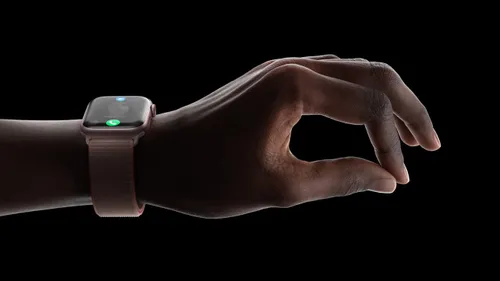
2. Sensors That Sound Helpful but Rarely Matter
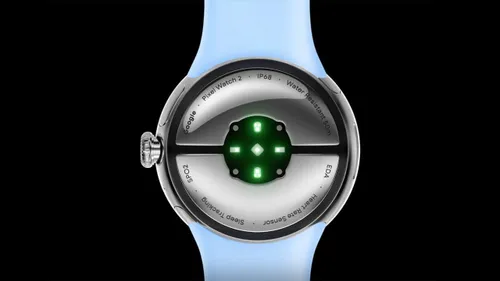
3. Flashy Lights Sold as Practical Tools
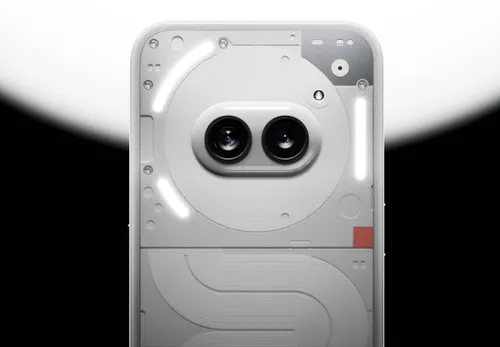
4. The Rise and Fall of the Curved Display
Curved screens had a moment when they felt futuristic, like your phone was melting into your hand. That magic disappears the second sunlight hits the glass and reflections flare across the curve. Add the accidental touches and the higher repair costs, and the appeal drops quickly. Even the companies that championed the idea have quietly eased their way back to flat designs.
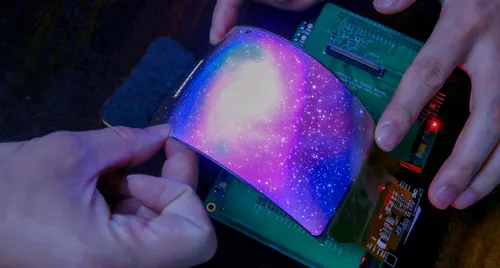
5. Cameras Hidden Under the Display (But Still Kind of Visible)
A camera you can’t see sounds brilliant — until you actually use it. Early versions left a faint patch under the pixels, like the ghost of a notch that refuses to leave. And because the sensor has to peek through the display, image quality often looks soft or washed out. Manufacturers are inching toward better solutions, but the tech isn’t quite there yet. It will get better; it just isn’t the future today.
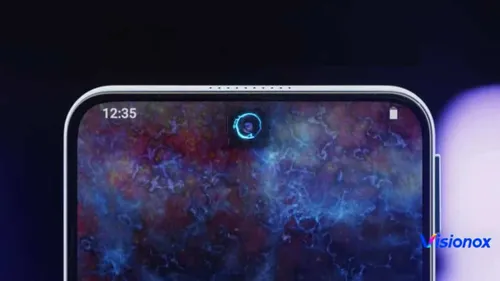
So, Are Gimmicks Always Bad?
Not necessarily. Sometimes these odd little ideas push the industry forward. A feature that’s useless in its first generation could inspire something meaningful six years later. Other times, it’s just marketing dressed up as ambition.
The strange part is that the smartphone world feels safer now — maybe too safe. Flagships rarely take risks anymore, and the market has settled into a predictable rhythm. If a company wants to experiment, even with something a bit silly, I’ll take that over another year of identical rectangles.
As long as the intention comes from curiosity rather than pure hype, I’m all for letting the weird ideas breathe. Every breakthrough starts with a questionable first draft.
- Many “innovative” phone features work well only in ideal conditions, so most users abandon them quickly.
- Gesture controls and motion-based interactions sound futuristic but rarely feel faster or more reliable than touch.
- Built-in sensors like thermometers and heart-rate readers tend to be short-lived trends with little practical value.
- Curved displays and LED glyphs have strong visual appeal, yet they introduce durability issues or awkward usability.
- Under-display cameras remain experimental: they hide well enough, but image quality still lags behind regular front cameras.
